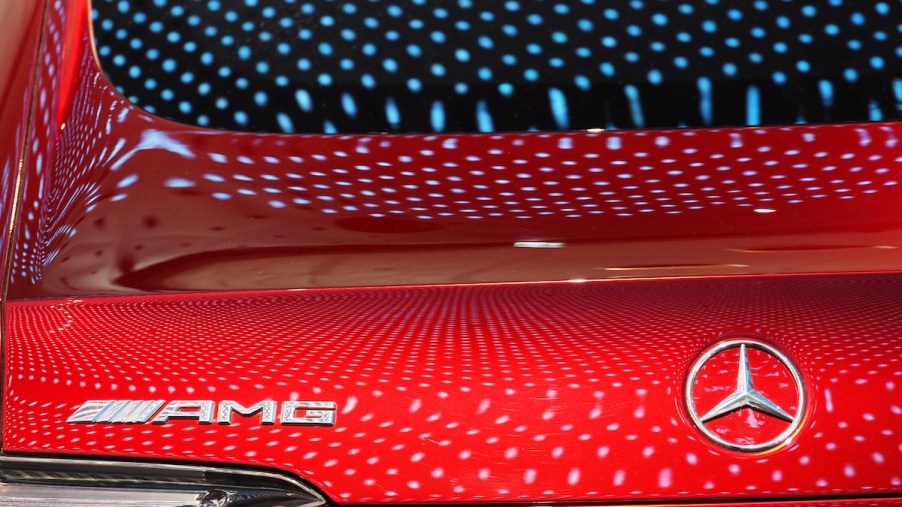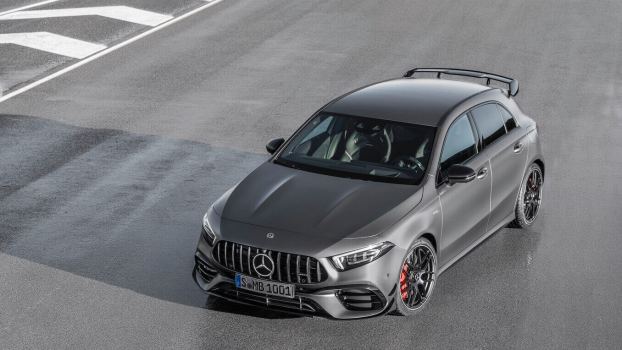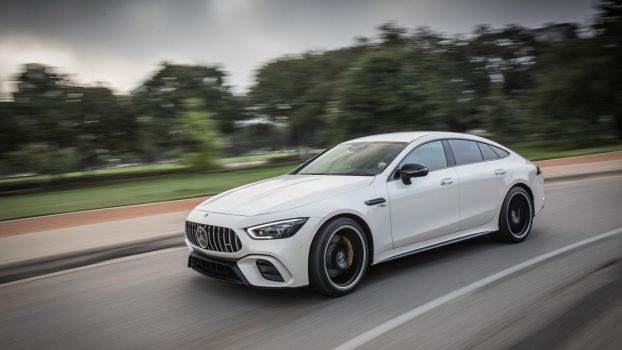
How Did AMG Become the Performance Arm of Mercedes-Benz?
Mercedes-Benz’s lineup can look like alphabet soup to the uninitiated, but there’s a sure-fire way to understand when a car is the ultimate performance version of any of the brand’s models — it bears the AMG moniker. AMG is synonymous with stretching Mercedes-Benz models to their sporty limits, and like other brands’ tuning divisions, it began with a passion for engineering and challenging the limits of each car’s performance.
AMG is founded by the passion of two automotive engineers
The AMG moniker is derived from the names AMG’s first HQ and its two founders, Hans Werner Aufrecht and Erhard Melcher, both of whom worked as automotive engineers for Mercedes’ 300 SE racing division. Mercedes-Benz had pulled out of racing following the 1955 24 Hours of Le Mans disaster in which a crash near that start-finish line killed approximately 83 spectators and injured well over 100 more.
According to AMG, Aufrecht and Melcher’s passion for motorsports persisted despite Mercedes ending its racing program. The two men continued to work on the 300 SE engine they had developed, and in 1965, the engine returned to competition in the German Touring Car Championship. It found immediate success racking up 10 wins in the series.
Thus, by 1967 both engineers had left Mercedes to create a racing engine firm that served as the foundation of AMG. Sixteen years after the Le Mans disaster, the AMG-tuned 300 SEL 6.8 “Red Pig” won its class in the 1971 24 Hours of Spa, and “the name AMG spread throughout the world.”
AMG grows its influence
Throughout the 1970s and into the ‘80s, AMG continue to develop racing engines and cemented its headquarters in Affalterbach. In 1984, the company further solidified its presence in the racing scene with its newly developed technology — a completely independent cylinder head with four valves per cylinder. This innovation, taking the form of a 5.0-liter V8, was slotted into the E-Class coupe, later dubbed “The Hammer.”
Later in the 1980s, AMG and Mercedes-Benz officially joined hands as racing partners. Most notably, AMG developed the 190-model racecar with factory support from Mercedes.
Mercedes-Benz and AMG officially partner
In 1990, AMG and Mercedes-Benz officially partnered. This led to the joint development of performance Mercedes models, the first being the C 36 AMG, and AMG’s legitimacy was strengthened by AMG models now having the ability to be sold and maintained through Mercedes-Benz’s global network of dealerships and service centers.
By 2005, DaimlerChrysler, Mercedes’ automotive group at the time, had completed its full acquisition of AMG shares, thus creating the modern Mercedes-AMG GmbH.
AMG has developed some of the most famous models to wear Mercedes’ Tri-Star
Some of the most iconic Mercedes models were developed by AMG. In addition to the “Red Pig,” the “AMG Hammer” and the C36, AMG engineered the wildly successful CLK-GTR race car, the E55 AMG, the CLK63 Black Series, SLS AMG, G63 AMG 6X6, and Mercedes-AMG GT R.
AMG continues to deliver some of the most thrilling performance cars available today. Cars bearing the AMG name combine the refinement of Mercedes-Benz’s luxury models while delivering the driving thrills enthusiasts demand. And there is an abundance of AMG-tuned models from which to choose. For 2023, AMG versions of just about all of Mercedes’ lineup are offered, from the fastest of the C-Class models to the ultimate corner carver, the GT, or the four-door supercar-killing GT 63 S.
AMG leads Mercedes’ performance EV foundations
Though AMG has a rich history of developing high-performance internal combustion engines, the tuning division isn’t being lost as Mercedes-Benz enters its electrified era. The new Mercedes-AMG EQS and AMG EQE serve as the foundation of what AMG will represent for the future of Mercedes’ fastest products.





